PAPER SACKS
Our sacks are produced in our factory in Otterbäcken and with only 25 km to the paper pulp factory, we dare to say that we have the market’s most locally produced valve sacks, garbage sacks, and open sacks made of paper. We tailor solutions and produce the sack that suits your business.
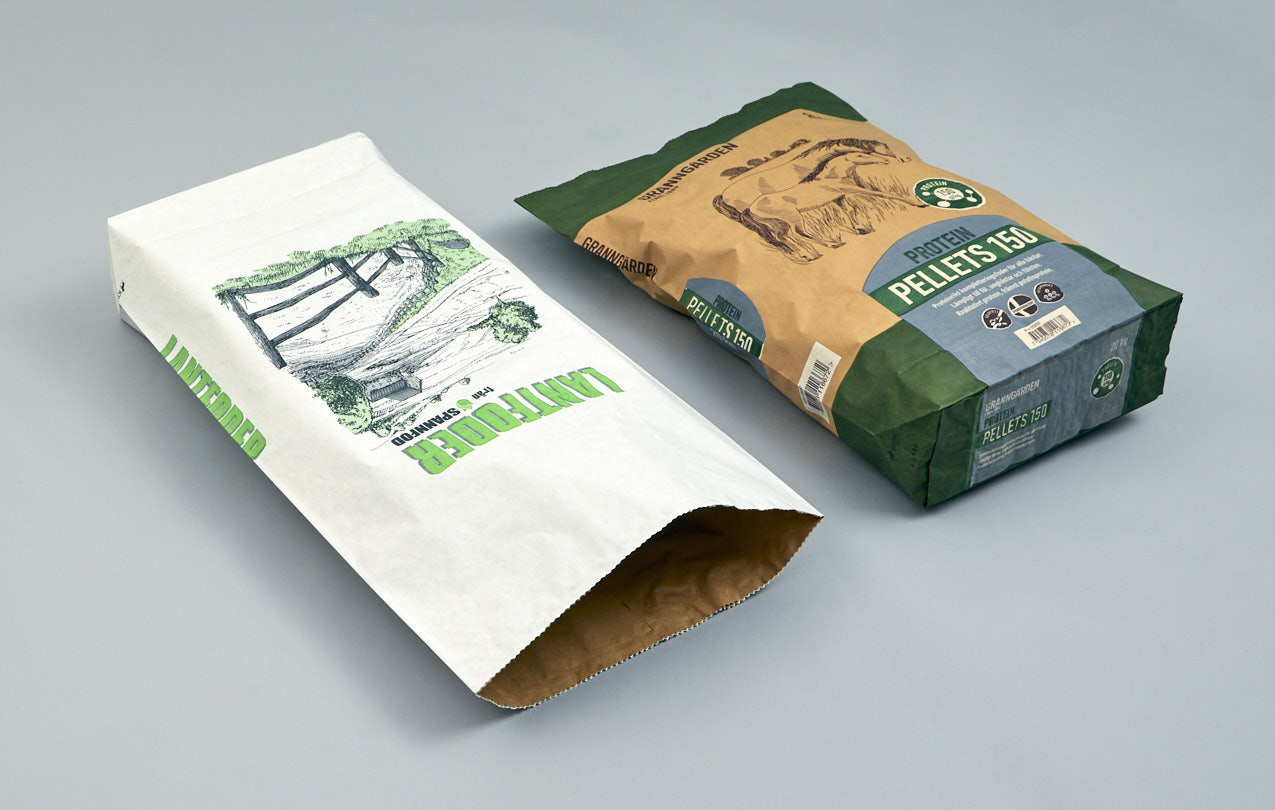
OPEN SACKS
Our open sack is advantageously used for building materials, chemical products, food products, pet food, barbecue charcoal and seeds and more. It suits all filling techniques. It can be sewn, welded, knotted, or folded closed and is easily opened regardless of the closure.
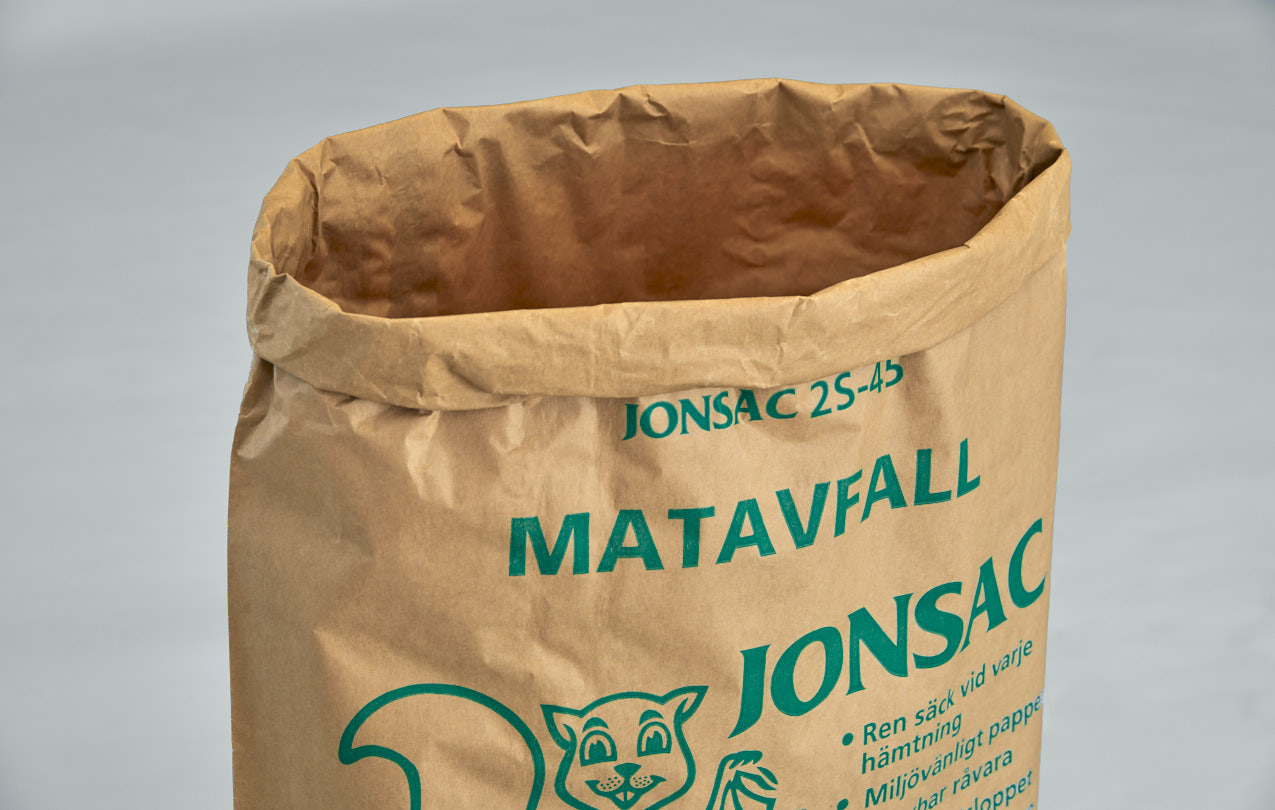
GARBAGE SACKS
Our garbage sacks and compost bags are intended for households, municipal authorities, industry, cleaning companies, and compost facilities. They are stable and can be used without a sack stand and are easy to seal. The sacks are 100% biodegradable and resistant to wetness thanks to the Wet–Strength–treatment.
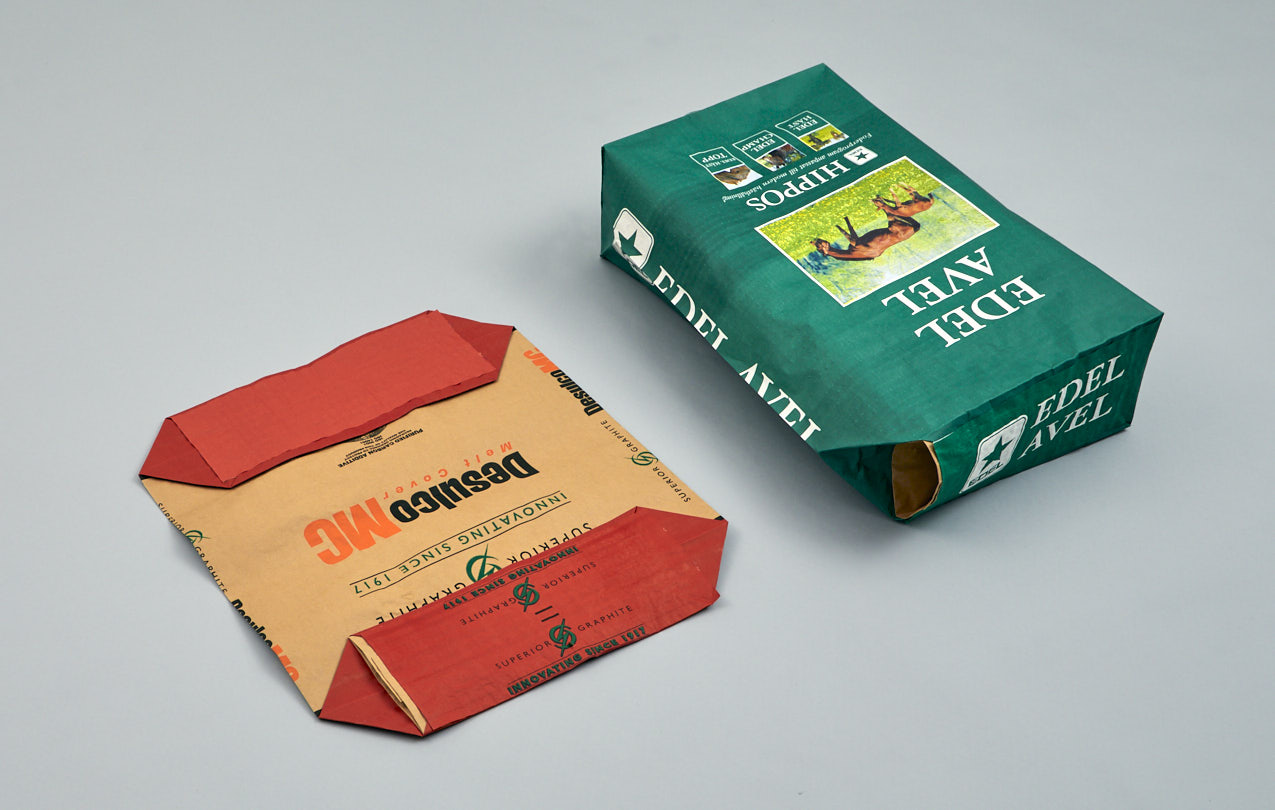
VALVE SACKS
Our self-adjusting sack that closes automatically after filling. The valve sack has two bottoms. In the sack‘s corner opening (the valve) you can fill it with material. The internal pressure closes the sack when it is full.
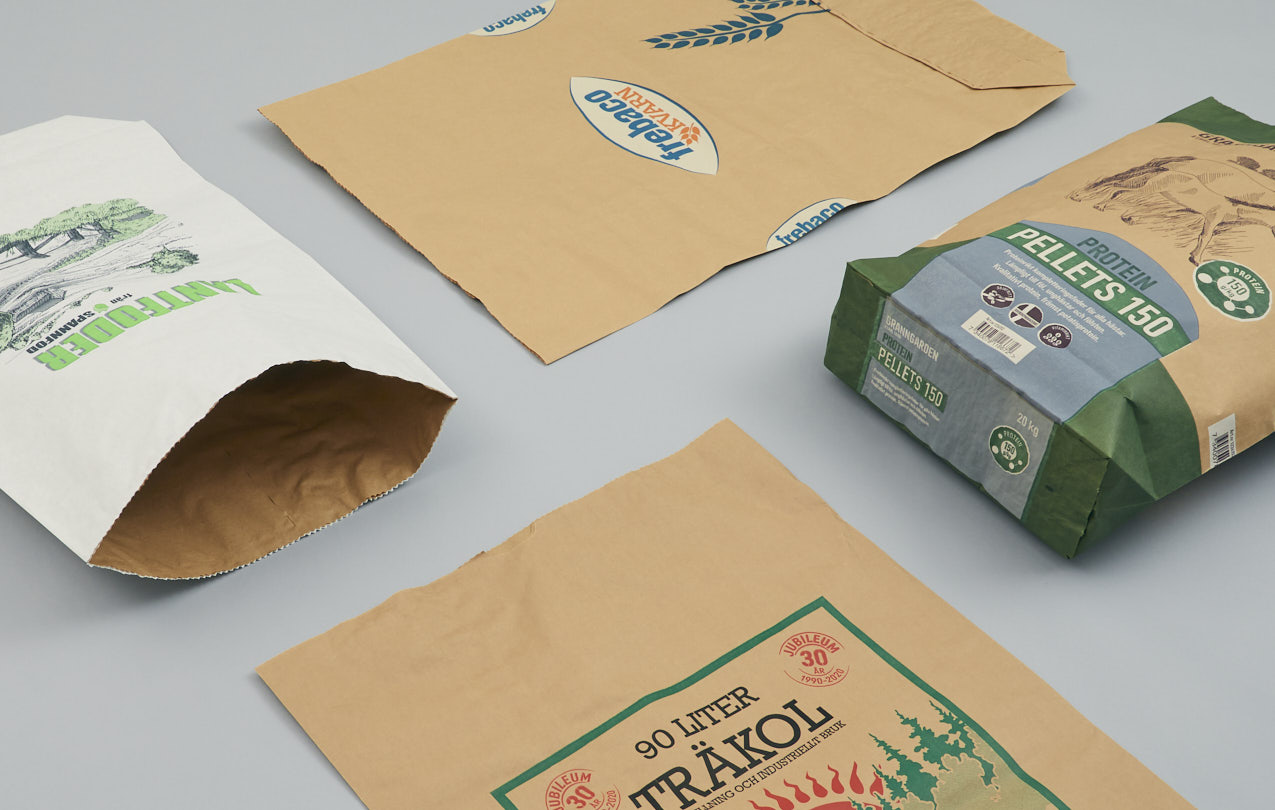
OPEN SACKS
Our open sack is advantageously used for building materials, chemical products, food products, pet food, barbecue charcoal and seeds and more. It suits all filling techniques. It can be sewn, welded, knotted, or folded into closed and is easily opened regardless of the closure.
AREAS OF USE
The open sack is used for several products such as:
Building materials
Chemical products, mineral products and compounds
Food
Animal food
Seed
Garden products
Waste
Barbecue charcoal
The open Jonsac-sack has many advantages due to its flexible use:
Easy to open
Possible to take out a little of the product at a time
Recording of density variations
Can be adapted to most sack filling machines
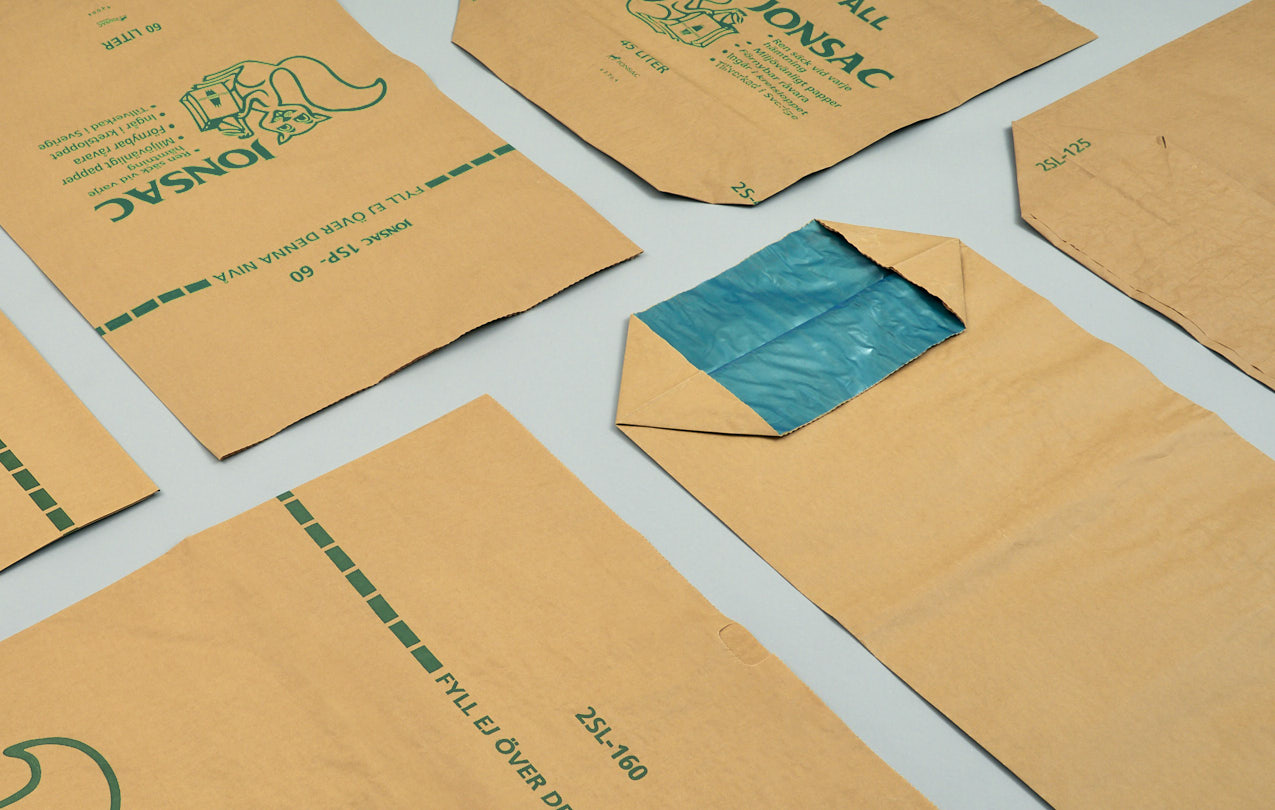
GARBAGE SACKS
JONSAC GARBAGE SACK 60, 110, 125, 160, 210, 240, and 350 liters
Jonsac Garbage Sack is a strong, completely biodegradable sack that is suitable for disposal, composting, digestion, and incineration and is intended for households, municipal authorities, cleaning companies, and industrial use.
JONSAC SACK FOR PAPER PACKAGING 30 liters
Jonsac sack for paper packaging is intended for households, municipal authorities, cleaning companies, and industrial use.
JONSAC KITCHEN SACK & HAZARDOUS WASTE SACK 60, 110, and 125 liters
Jonsac Large Kitchen Sack and Hazardous Waste Sack are both waterproof. The Large Kitchen Sack is intended for large households, municipal authorities, cleaning companies, restaurants, school canteens and lunchrooms. Jonsac Hazardous Waste Sack is intended for hospitals, healthcare centers, dentists, veterinarians and more.
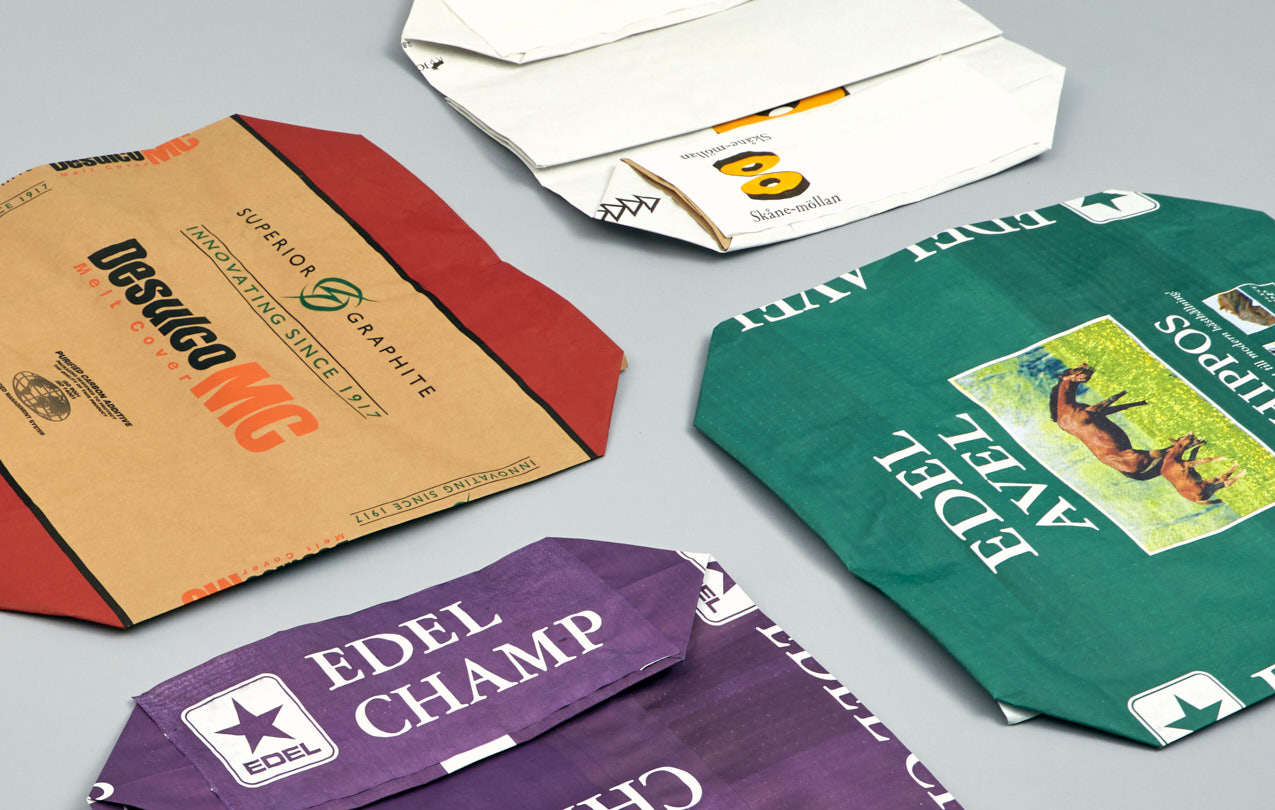
VALVE SACKS
Our valve sacks are self-adjusting sacks that close automatically after filling. Jonsac’s valve sacks have two bottoms. In the sack’s corner opening (the valve) it can filled with material. When the sack is full, then it is closed by the internal pressure.
The valve sack is used, among other things, for products such as building materials, chemical products, mineral products and compounds, food products, animal food, seeds, and garden products.
With valve sacks, packing goes faster and can be fully automated. The sack closes automatically after filling and is easy to place on a pallet as it is square.
The sacks can be outfitted with external and internal valves.
Internal valves
Flat valves, simple and well adapted for materials with high density such as e.g., cement. They can be provided with a valve reinforcement, so that they do not break during filling.
Pipe valves are tighter for moist materials. For difficult products, they can consist of 1 to 4 components in different material combinations. To optimize the tightness of the bag, it can also be outfitted with an automatic closing strap or welding seam.
External valves
External valves require manual handling. They provide the best tightness because the part that overlaps the valve provides a precise and tight seal.

Best way to storage paper sacks
Paper is a natural material and adjusts its moisture content according to the relative humidity of the surrounding air. We recommend that the relative humidity should be at least 40% and at most 70%. Cold storage is good as long as it does not fall below 0°C. If deep-frozen sacks are thawed in a warm room, they become very moist and the paper’s strength values drop dramatically. Thus, the temperature should be at least a few degrees plus. On the other hand, one should not go above about 30°C or store paper sacks in boiler rooms or near other warm heat sources.
Note that wet-strength paper hardens faster at a high temperature and becomes brittle over time. The paper properties change with the relative humidity. TEA is the value that best describes the strength of the material and is measured at 50% relative humidity. Paper loses its elongation in a dry climate and loses its strength in a very humid climate. When filling a sack with hot cement, the moisture of the paper goes to zero and the TEA drops by about 40%.
It is difficult to safeguard against all climate changes. In Europe, it is unusual to have air conditioning equipment. In very dry climates, moisture nozzles are used in some cases to correct the climate in sack storages. Before filling the sacks, it is recommended – to ease the handling – that the sacks should have time to adapt to the temperature prevailing in the room where they are to be filled.
If the sack is equipped with an inner plastic sack, then the durability of the plastic is limited, this is decided by the person who fills the sack as it depends on the requirements. Some plastics go rancid and give off a bad smell and some others become brittle. In the event that the sacks have been put in a cool and dark storage space, then the shelf life is normally 2-4 years.
